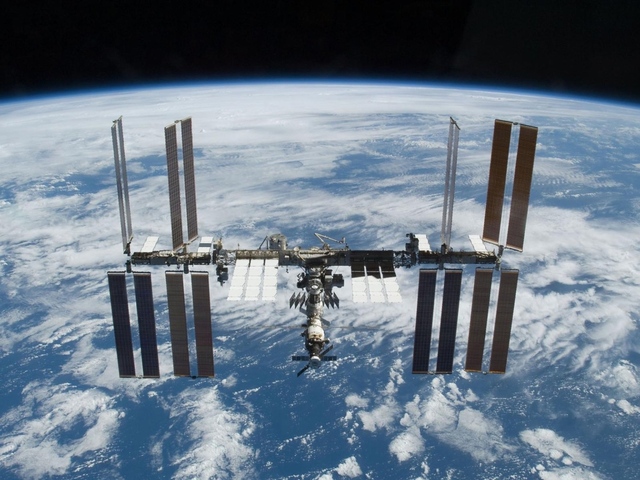NASA's planning a test to replace fluorescent lighting panels in the ISS with a solid-state LED lighting module which produces blue, white, or reddish light depending on the time.
It hopes that this change will serve as a counter-measure to the inevitable disruption of the body's circadian rhythm while in space — this would hopefully reduce insomnia, which can have a host of deleterious effects while in space.

Sleep in space has long been a concern for NASA — back in 2001, a study showed that 50 percent of some Space Shuttle crews relied on medication to help sleep while in orbit. It also showed that nearly half of all medication used while in space was used to improve sleep.
According to the BBC, the shifting from blue to red light (with an intermediate white stage) will help to simulate the typical day / night cycle. The blue lighting is meant to stimulate the retinal photopigment melanopsin as well as the hormone melatonin, which helps a person feel more alert and awake. The shift to red lighting will reverse the process and help encourage feelings of sleepiness. While the test isn't slated to begin until 2016, hopefully it'll help those working in space get a better night's rest.












